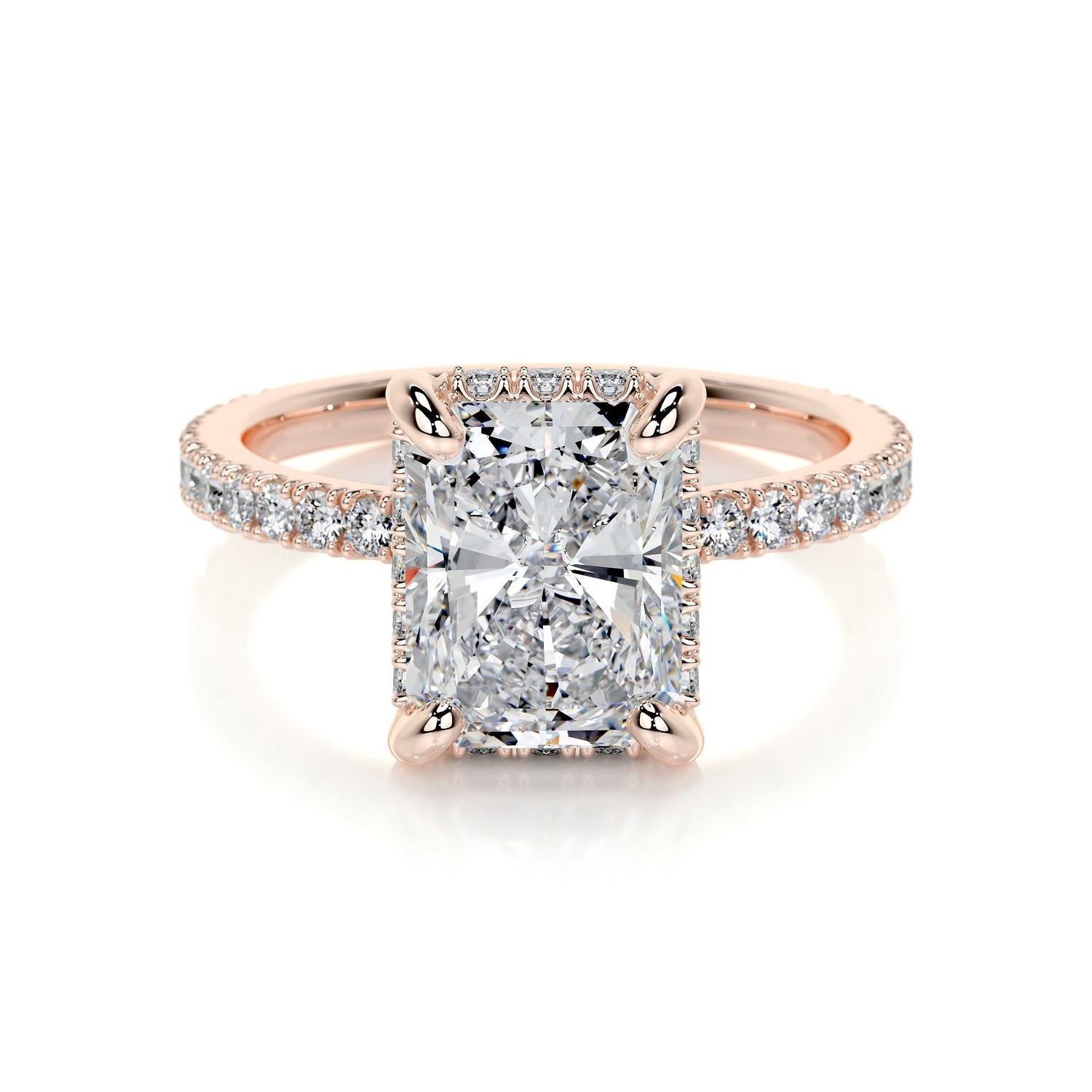
GIA Certification for Lab-Grown Diamonds
Lab-grown diamonds have revolutionized the jewelry industry, offering consumers ethical, sustainable, and cost-effective alternatives to natural diamonds. Ensuring the quality and authenticity of these diamonds is paramount, and certification plays a crucial role in this process. The Gemological Institute of America (GIA) is among the most respected entities providing such certifications. This article delves into GIA-certified lab-grown diamonds, elucidating their significance, the certification process, and what consumers should consider when purchasing these gems.

Understanding GIA Certification for Lab-Grown Diamonds
The Gemological Institute of America (GIA) has been grading lab-grown diamonds since 2007. Initially, their reports for these diamonds were more limited compared to those for natural diamonds. However, as of July 1, 2019, GIA expanded their services to provide comprehensive grading reports for lab-grown diamonds, aligning them more closely with reports for natural diamonds.
GIA offers several types of reports for lab-grown diamonds:
-
Laboratory-Grown Diamond Report: Provides a full assessment of the 4Cs (cut, color, clarity, and carat weight) along with a plotted clarity diagram. It also includes information about the diamond's growth process and any post-growth treatments.
-
Laboratory-Grown Diamond Report – Dossier: Offers a comprehensive evaluation of the 4Cs without the plotted clarity diagram.
-
Laboratory-Grown Colored Diamond Report: Similar to the standard report but tailored for colored lab-grown diamonds, including a plotted clarity diagram and details about color origin.
Each GIA-certified lab-grown diamond is laser-inscribed on its girdle with the term "Laboratory-Grown" and the unique GIA report number, ensuring transparency and traceability.

The Importance of GIA Certification
Certification from a reputable institution like GIA provides an unbiased assessment of a diamond's quality, offering consumers confidence in their purchase. While other organizations, such as the International Gemological Institute (IGI), also certify lab-grown diamonds, GIA's longstanding reputation in the gemological field makes its certification particularly esteemed.

Considerations When Purchasing GIA-Certified Lab-Grown Diamonds
When selecting a GIA-certified lab-grown diamond, consider the following:
-
Verification: Utilize GIA's online Report Check service to confirm the details of the diamond's certification.
-
Comparison: Compare the diamond's specifications, such as cut, color, clarity, and carat weight, to ensure it meets your preferences and budget.
-
Resale Value: Be aware that lab-grown diamonds may have different resale values compared to natural diamonds, as the market perception and demand can vary.
-
Personal Preference: Ultimately, choose a diamond that aligns with your aesthetic preferences and ethical considerations.

In conclusion, GIA-certified lab-grown diamonds offer a harmonious blend of quality assurance and ethical sourcing. By understanding the certification process and considering the factors outlined above, consumers can make informed decisions and select a diamond that truly resonates with their values and desires.

